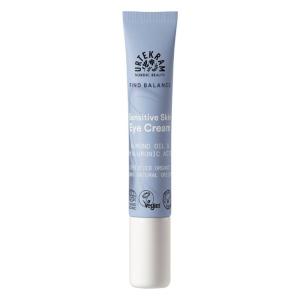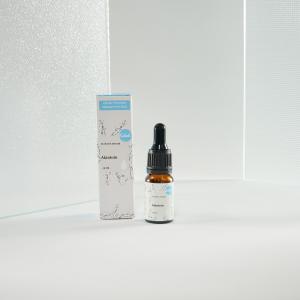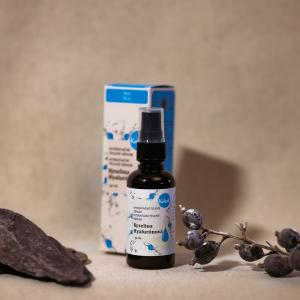Cyclodextrin
Other names: Cycloamylose
Harm score: 2 (Derivatives of natural substances)
Cyclodextrin, also known as Cycloamylose, is a natural polysaccharide that is produced by breaking down starch during an enzymatic reaction. It gets its name from its characteristic cyclic structure, which resembles a circle. Because of this structure, cyclodextrin has the ability to form host-guest complex compounds, meaning that one molecule can "host" another molecule within itself. This unique process makes cyclodextrin extremely useful in a variety of industries.
Cyclodextrin is most commonly used in the food, pharmaceutical and cosmetic industries. In the food industry, cyclodextrin is often used as a stabilizer of flavor, taste and colorants. Due to its ability to form complexes, cyclodextrin can, for example, increase the stability and durability of sensitive substances that would otherwise be susceptible to decomposition. In pharmaceuticals, cyclodextrin is used to improve the solubility and thus the bioavailability of drugs. In cosmetics, cyclodextrin can be found in skin, hair and dental care products, where it acts as a humectant, emulsifier or carrier for active ingredients. This wide range of applications and properties makes cyclodextrin a versatile ingredient.
You won't find this substance in our products. Try the natural, chemical-free products in our range.

Moisturising body lotion with repellent effect (100 ml) - independently clinically tested
Product detail
BIO Eye Cream Unscented 15 ml
Product detail
Facial serum - Allantoin 10ml
Product detail
Bio Shampoo Pink - normal hair 250 ml
Product detail